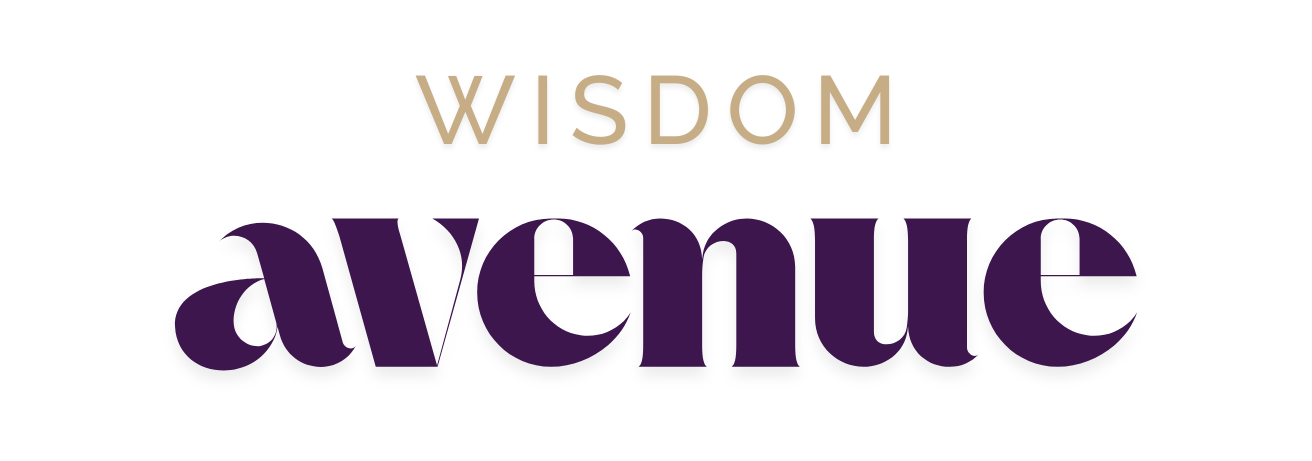Outline:
- Why We Hold On So Tightly
- The Breaking Point: When Life Doesn’t Cooperate
- Letting Go as a Form of Strength
- What We Find in Surrender
- Releasing What Was Never Ours to Hold
- FAQs
We build our lives like blueprints—line by line, goal by goal. We plan, schedule, prepare. We make to-do lists, five-year plans, backup plans for our backup plans. And then something happens. A diagnosis. A breakup. A lost job. A global shift. Suddenly, the map we drew no longer matches the landscape. The plan no longer fits the moment. And the terrifying truth hits us: control was never real. It was comforting. It was productive. But it was, ultimately, an illusion. And in that space—between what we hoped for and what is—begins a different kind of journey. Not one of tightening our grip, but of loosening it. Not of pushing harder, but of learning how to let go.
Why We Hold On So Tightly
Control makes us feel safe. It gives us the illusion that if we just do everything right, life will go the way we want it to. It appeals to our rational mind, to our fear of chaos, to the part of us that wants certainty in an uncertain world. But control has a shadow. It keeps us rigid. It narrows our vision. It resists change, even when change is necessary. The truth is: we are taught to equate control with competence. To hold on is to care. To let go is to fail. But is that really true? Or is it possible that letting go is not weakness, but wisdom?
The Breaking Point: When Life Doesn’t Cooperate
There comes a moment—sometimes quietly, sometimes like thunder—when life refuses to follow the script.
Your career path turns unexpectedly.
A relationship dissolves despite your best efforts.
A goal you’ve worked toward for years slips through your hands.
You try to fix it. You scramble for answers. You blame yourself. And still, it unravels.
This is the moment we fear most. But it’s also the moment with the most transformative potential.
Because when plans fall apart, they make room for something else: presence.
You stop managing. You start listening. You begin, for the first time in a while, to feel.
Letting Go as a Form of Strength
Letting go isn’t about giving up. It’s about giving in—to reality, to truth, to the natural flow of things.
It’s about releasing the idea that life owes us predictability. It’s about opening our hands and saying: I trust myself to adapt, even here.
This kind of surrender is not passive. It’s active, brave, and deeply grounded. It asks us to meet life as it is, not as we wish it were.
In psychology, this is known as “radical acceptance.” It doesn’t mean we approve of what’s happened. It means we stop fighting reality long enough to move forward with clarity and intention.
What We Find in Surrender
Letting go doesn’t leave you empty. It leaves you open. And in that openness, life can surprise you again.
- Sometimes, what you feared losing was never truly aligned with who you are.
- Sometimes, what felt like failure was actually redirection.
- Sometimes, the greatest peace comes not from winning the fight—but from putting down the sword.
One door closes, yes. But with time and trust, another appears—one you never would’ve seen while clinging to the past.
As author Cheryl Strayed once wrote: “Acceptance is a small, quiet room.” But in that room, you find yourself again. You find that even without the plan, you are not lost. Even without control, you are still whole.
Releasing What Was Never Ours to Hold
The art of letting go is not about detachment. It’s about presence.
It’s about choosing to live fully even when the outcome is uncertain, even when the ground shifts beneath your feet.
You will still make plans. You will still strive and dream. But you will also hold it all a little more lightly—knowing that your value is not tied to control, but to your ability to meet each moment as it comes. And when the next plan unravels—as plans sometimes do—you won’t panic. You’ll pause. You’ll breathe.
And you’ll remember: There is wisdom in release. There is strength in surrender. And there is always, always life on the other side of letting go.
FAQs
1. Does letting go mean I should stop caring or trying?
Not at all. Letting go is about releasing attachment to outcomes, not giving up on effort or care. It’s about shifting focus from control to conscious response.
2. How do I know when it’s time to let go of something?
When something causes ongoing pain, resistance, or exhaustion without progress—or when holding on requires you to betray your deeper truth—it may be time to let go.
3. Isn’t surrender a passive act?
True surrender is deeply active. It requires self-awareness, courage, and presence. It’s choosing clarity and trust over fear and force.








